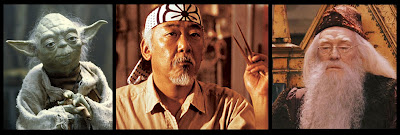Before I get all carried away with the philosophical side of a games environment though, its important to look at what an environment is. it’s a level, a level in which you have to navigate to make your way through the game, regardless of how pretty and immersive it may be, its essentially still a level. Back in 2D games it was easy for you to navigate your way forward as you were pretty much always headed in the right direction and you only really could go back wards or forwards. With 3d games however, environment creators need to make it clear to the player where it is they need to go to progress. Without resorting to literal signs with an arrow on to insult the players intelligence, techniques are utilised to lead the player whilst at the same time keep the believability of the game world intact. Things such as locked doors to stop a player getting lost in a building, broken bridges so you have to search for another alternative route. Things like these are more obstacles that force the player to find other ways of progressing, and are a lot of the time utilised as puzzles adding an extra element of game play to the game (featured heavily in Tomb Raider) though as games become more and more open, visual clues have to be more cleverly implemented so that players don’t become literally lost in these vast worlds. Sandbox games such as GTA have to utilise a compass on the map, but more subtly in games where you might have to remember a landmark as it will lead to your desired location, therefore testing your memory skills as well as your ability to navigate.
I think its important to be true to the source material and references of which an environment may originally be based upon, though I think its also equally if not more important to take these inspirations and adapt them into something new. There’s no point just copying from real life, it has to be artistically recreated to suit the whole theme of the game and at the same time create an original experience out of it. The more original idea, if the basis of reality is there from the beginning, then it will still capture the players belief in the game they are immersed within.
This piece of environmental artwork was created for the game Okami, and was produced by the lead scenery art director, Katagi Naoki. The overall theme of the game is based off traditional Japanese mythology and artwork, so the environments were created keeping these things in mind, and this example like a lot of others created for the game, pays homage to a lot of traditional Japanese Sumi-E woodblock paintings. This is evident with the thick brush strokes used to define certain outlines, as well as the stylised clouds, and the subtle gradient that runs from top to bottom in this piece. the clouds were often depicted in tradition Japanese partitions as symbols of divinity, so they have been utilised with this in mind in this to show the mystical nature of this environment, it showing the 'river of the heavens'.

















